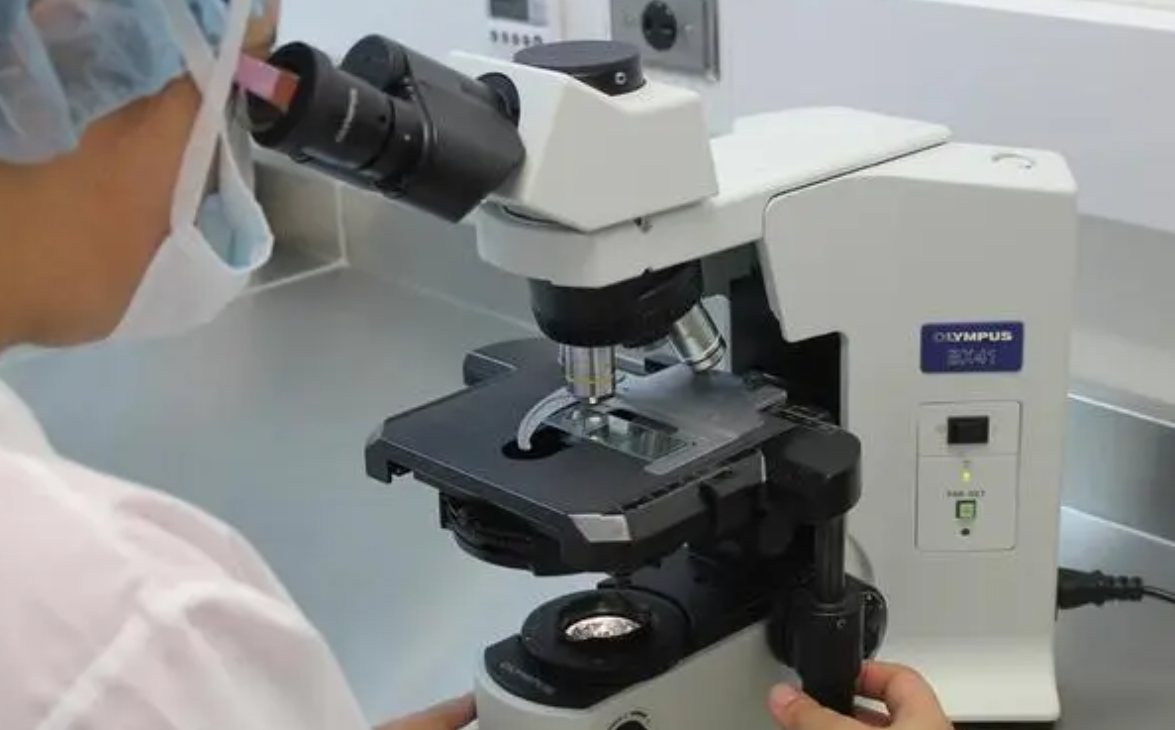
In order to play the role of this large group of scientific devices. We have joined up with five other laboratories to use their technical strength to make good use of this large scientific facility."
Gao Wen, deputy director of the National Natural Science Foundation and director of the Joint Laboratory of Intelligent Supercomputing and Big Data, said: "It is necessary to put the environment of E-level supercomputing capabilities on top of the construction of such services that can be directly used by the scientific community and even the industry."
Several institutions jointly build "Intelligent supercomputing and Big Data Joint Laboratory"
Qilu network reported on the 18th that the joint laboratory of intelligent supercomputing and big data gathered and integrated the cross-media intelligence of Peking University, the big data intelligence of Tsinghua University,
the high-speed distributed computing network of the National Supercomputing Center in Jinan, the ultra-large scale cloud computing technology of Wave Group and the virtual simulation intelligence of Shandong University.
With the construction of Marine strategic frontier technology system and the research and development of independent and controllable major hardware and software systems as the key tasks, the company is committed to building an international first-class Marine intelligent supercomputer and big data center to serve the strategy of Marine power.The joint laboratory will conduct rapid and timely analysis and processing of massive, multi-source and heterogeneous Marine survey big data, observation big data, computing big data and network big data, realize a series of Marine big data products for personalized services,
and promote the industrialization of big data, localization of core technologies and transformation of scientific research results. It is also an important platform to support big science programs such as transparent ocean,
deep-sea polar, blue life and smart ocean, and will carry a series of scientific research and industrialization tasks, promote the industrialization of big data, give full play to the advantages of Marine national experiments, and realize the integration of multi-unit resources.
Wu Lixin, academician of the Chinese Academy of Sciences and director of Qingdao Marine National Laboratory, said: "We do such a joint laboratory together, in fact, in order to better our future information perception of the ocean itself, as well as Marine information forecast and prediction,
to form a relatively complete innovation chain, and we also hope to be able to further promote the development of our country in the field of supercomputing through applications in the Marine field."
The National supercomputing Center will "join six for one"
The idea of building a supercomputer big science network infrastructure is not new. According to Science and Technology Daily reported on November 6, the secretariat of the Joint meeting of ceos of China Supercomputing Center said:
At present, there is more or less a "seasonal" application rate imbalance in the domestic supercomputing center. For example, it is the busiest season in a southern center, and the supercomputer application rate can reach 130%,
which also means that 30% of customers need to wait in line; But for other supercomputing centers, it may be a "slow season" for business. According to the idea of the competent government departments,
the relatively dispersed supercomputer centers will be formed into an overall alliance, strengthen collaboration and interaction, and order distribution can be timely, so that resources can be effectively and reasonably allocated.
To this end, the 2017 China Supercomputing Center CEO Joint meeting threw out a blockbuster news: the Ministry of Science and Technology approved the establishment of a national supercomputing center.
"The National supercomputing center will end the situation of fighting alone, play a synergistic role, strengthen project interaction, and let the six 'super brains' join six into one to form a' super team 'to enhance the core competitiveness of China's supercomputing field."
Although this faces some technical problems, such as different types of servers; For example, how to connect each center through technical means, "six for one" and so on. But for the latter problem, the experts do not think it is a difficult thing, "as long as there is enough bandwidth can be solved."
The major national supercomputing centers at the meeting reached a consensus: the supercomputing center "tests the water" in the field of artificial intelligence and big data to open up new applications.
From running with, and running, to leading some key technologies, this is a new era of China's supercomputer. However, in the increasingly fierce international supercomputer competition,
China's supercomputer can not be taken lightly, as the experts at the meeting called for: we need to work harder, but also need the country in hardware, software, application, talent continued support.Make history more dynamic
In October 2014, Wang Haiyan, director of the Science and Technology Information Center of Chengdu Institute of Biology, Chinese Academy of Sciences, was invited to undertake the "Zhao Ermi Academic Growth Data Collection Project" of the "Collection Project" of the "Old Scientist Academic Growth Data Collection Project" (hereinafter referred to as the "Collection project").

